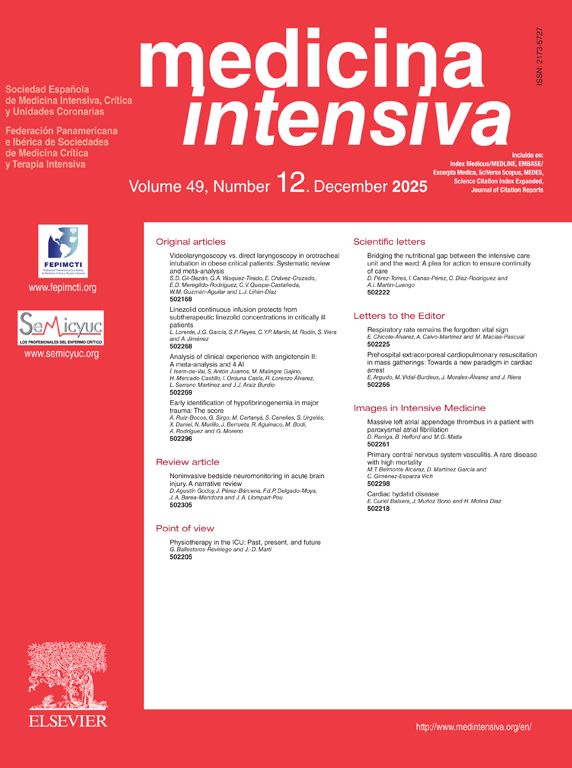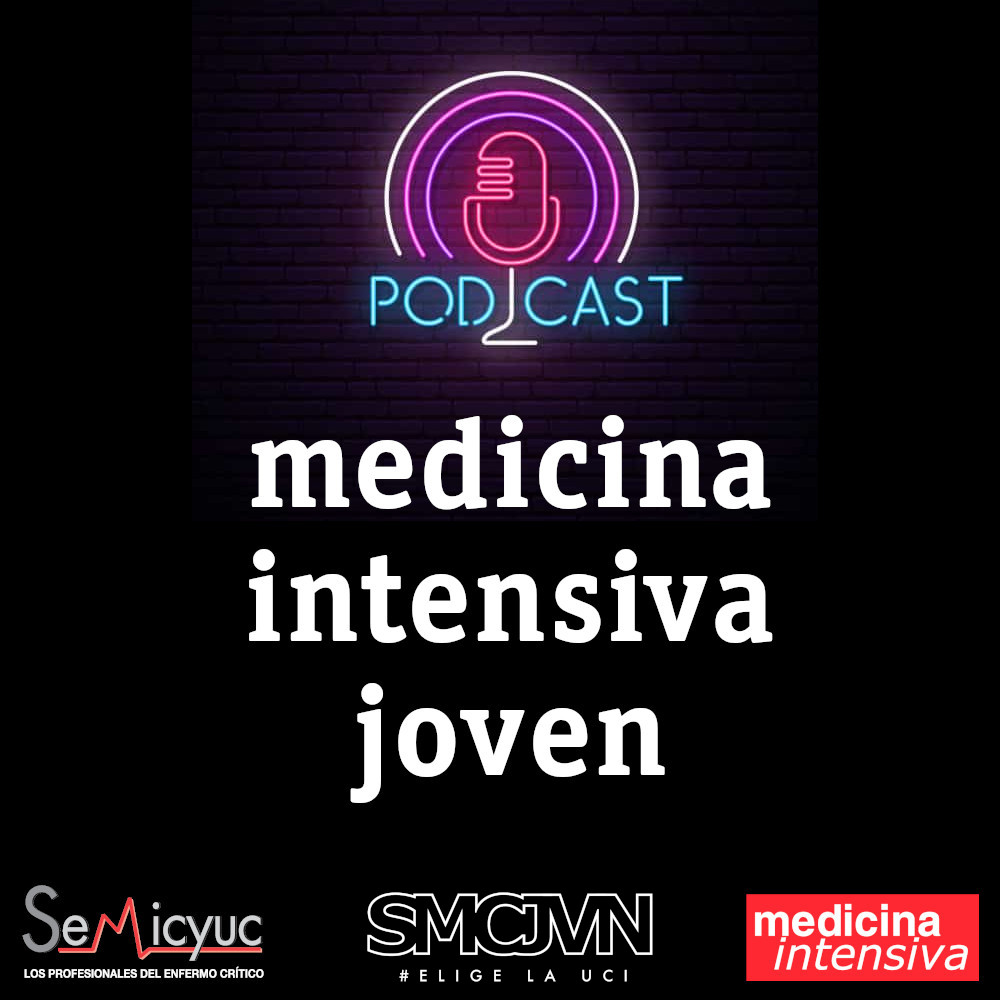In the dynamic and complex healthcare environment, nursing faces a critical dilemma: the disconnection between specialization and advanced clinical practice. The question of specialization is not trivial: should the focus be on the specialized nurse (SN) or on the advanced practice nurse (APN)? Furthermore, and perhaps more importantly, are these roles competing, or can they work synergistically to improve the quality of care in the ICU?
Historically, as with other healthcare professions, specialties in nursing have emerged in response to growing and changing societal and healthcare needs.1 This has created the necessity for specific training in areas beyond general practice competencies. The Spanish Royal Decree 450/2005 on Nursing Specialties establishes that SNs should complete a limited period of programmed and supervised professional practice in accredited teaching units. During this time, they acquire knowledge, the use of techniques, skills and attitudes, gradually assuming the responsibilities inherent to autonomous professional practice.
In the ICU, where the clinical environment is very complex, advanced competencies are required to ensure the safe and effective care of critically ill patients. Factors such as advances in medicine, the rise of new diseases, and the aging of the population underscore the urgent need to train specialized nurses capable of dealing with situations of great clinical complexity and meeting the needs of patients and their families. The COVID-19 pandemic further intensified this necessity.2
In countries such as the United States, nurses can participate in residency programs funded by hospitals or certify their experience through organizations such as the American Nurses Credentialing Center and the American Association of Colleges of Nursing (AACN), thus obtaining legal, social and professional recognition.3 In contrast, in Spain, although there are five officially recognized nursing specialties, no critical care specialty has yet been formalized.4 The Spanish Society of Critical Care and Coronary Care Nursing (Sociedad Española de Enfermería Intensiva y Unidades Coronarias, SEEIUC) is promoting the creation of this specialty and is working to regulate the training of critical care nurses, in accordance with Royal Decree 589/2022.
At the same time, at global level, the role of the APN has emerged to cover needs not met by other models of care. Countries such as the United States, Canada and Australia have largely incorporated this role into their respective healthcare systems. In Europe, its development has been more uneven, with a lack of formal regulation in many countries, including Spain, where some regions (Autonomous Communities) have begun to recognize and incorporate such roles, albeit with differences in responsibilities and functions.5
The International Council of Nurses defines the APN as a nurse who has acquired advanced knowledge and clinical skills through additional education, at least at the master’s level.6 Two roles stand out in this context: the Clinical Nurse Specialist (CNS), associated with the hospital environment, and the Nurse Practitioner (NP), which is more oriented towards primary care. Although both roles share key characteristics, they differ in the setting of practice and the degree of autonomy regulated by law. Nurse practitioners tend to have greater legal autonomy and are allowed to perform functions traditionally reserved for physicians, such as diagnosing and prescribing treatment. This has led to debate about their role in relation to physicians, although they are seen as complementing rather than replacing the work of physicians. In contrast, the CNS specializes in a specific clinical area and influences the quality of care through leadership, education, and research.6
The inclusion of the APN in critical care internationally has yielded significant benefits, including improvements in the quality and safety of patient care, reductions in mortality and length of stay, improved readmission rates, and reduced costs. It has also been shown to increase patient and healthcare team satisfaction.7 In this vein, a recent meta-analysis suggests that care provided by APNs as part of a multidisciplinary team contributes to improved quality of care in the ICU.8 However, despite these benefits, the International Nursing Advanced Competency-based Training for Intensive Care (INACTIC) project highlights the scarcity of APNs in Europe and the lack of clarity regarding policies, roles, training and competencies, which is an obstacle to their consolidation in the region.9
In Spain, the inclusion of APNs in some ICUs more than a decade ago, for example through the Master in Advanced Practice of the University of Navarre, has been an important step forward.10 The APN is essential for professional development, the implementation of evidence-based practices and the management of complex care, the promotion of strategic changes capable of improving health care, research and continuing education in an environment characterized by constant evolution.10
It is essential to distinguish between the role of the SN and that of the APN. The confusion between the two is not merely a semantic issue, and the lack of consensus regarding their training, competencies and regulation has led to an artificial confrontation. Should the APN replace the NS, or can these two roles coexist and complement each other?
Far from being rivals, these two roles can coexist synergistically, with each bringing significant value to the ICU. The SN can offer in-depth knowledge in specific areas, while the APN can manage the complex care scenario from a more holistic and autonomous perspective. The key lies in recognizing and fostering this synergy to create a more robust care system adapted to today’s needs.
The future of nursing in the ICU should not be an issue or a rivalry between SNs and APNs, but an opportunity to create a collaborative network capable of maximizing the quality of care and the efficiency of the system. The implementation of APNs in Spain requires a clear legislative framework and appropriate educational strategies to ensure the successful integration of these professionals into the health system. Promoting more effective interdisciplinary collaboration and encouraging dialogue among all key stakeholders will be essential in defining the future of nursing in Spain.
Conflicts of interestNone.
Financial supportNone.




